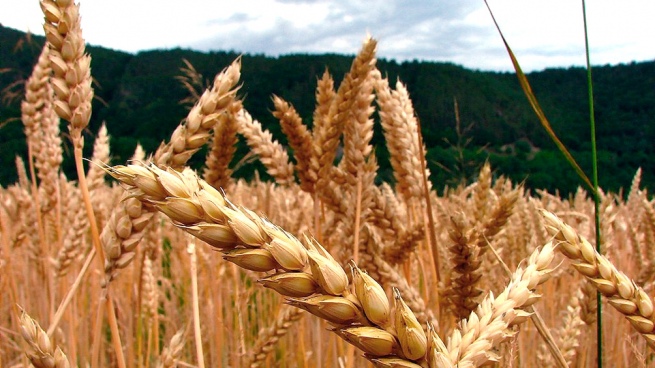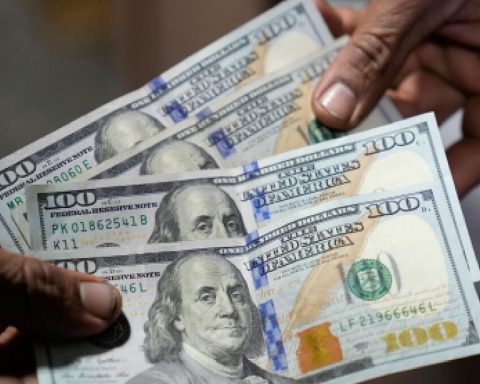The price of wheat in the Chicago marketin the U.S, reached its highest value in 14 years when climbing to $368.54 a tonas a consequence of the Russian invasion of Ukraine.
Precisely Russia and Ukraine form a block that is the world’s main supplier of wheaton which the countries of North Africa and those of Southeast Asia depend to a great extent.
From the Russian armed attack on Ukrainetrade from the ports of both countries is paralyzed and shows no signs of reactivating in the short term.
The vertiginous rise was conceived this Tuesday when wheat reached a value of US$ 368.08, after a rise of US$ 27.10 in the day on the contract for this month.
Before the opening on Wednesday, the overnight activity in Chicago marked a new rise of 0.46% to place the price at US$368.54.
According to a calculation by the Russian consulting firm SovEcon, at the start of the war actions, Ukraine had around 6 million tons of wheat left to export for the 2021/2022 campaign, while Russia would have between 7 and 7.5 million to export. your sales.

Wheat exports from Russia and Ukraine this season are forecast at 35 million tons and 24 million tons, respectively, according to projections by the United States Department of Agriculture (USDA).
Together they represent 28.5% of the total fine grain trade.
The sudden growth in the value of wheat caused Egypt, the world’s leading importer of wheat, to cancel two purchase tenders twice in less than a week, said the Argentine marketer Granar.
The last purchase of wheat, Egypt made on February 17 to Romania -120,000 tons-, paying US$ 318 FOB (put on the ship), plus US$ 20.55 of freight.
Last Thursday the only offer submitted was from France, with an FOB value of US$399 plus US$49.55 freight.
This Tuesday there were two French offers, quoted at US$389.92 and US$399, with freight rates of US$39.30, to which was added a proposal from the United States with an FOB value of US$447 and with a freight of US$ 70.
On the other hand, if the confrontations continue, they will begin to put at risk the spring wheat crops, which generally represent about 30% of the total production in both countries.

















